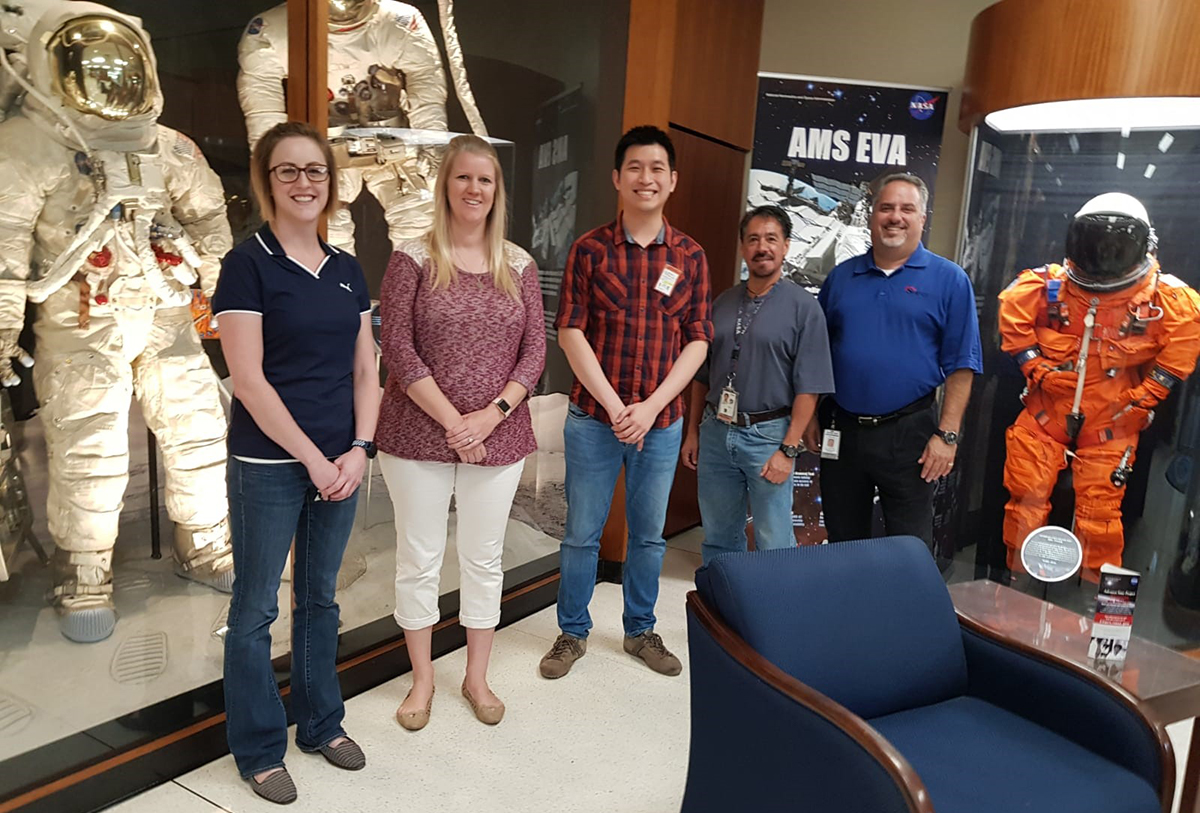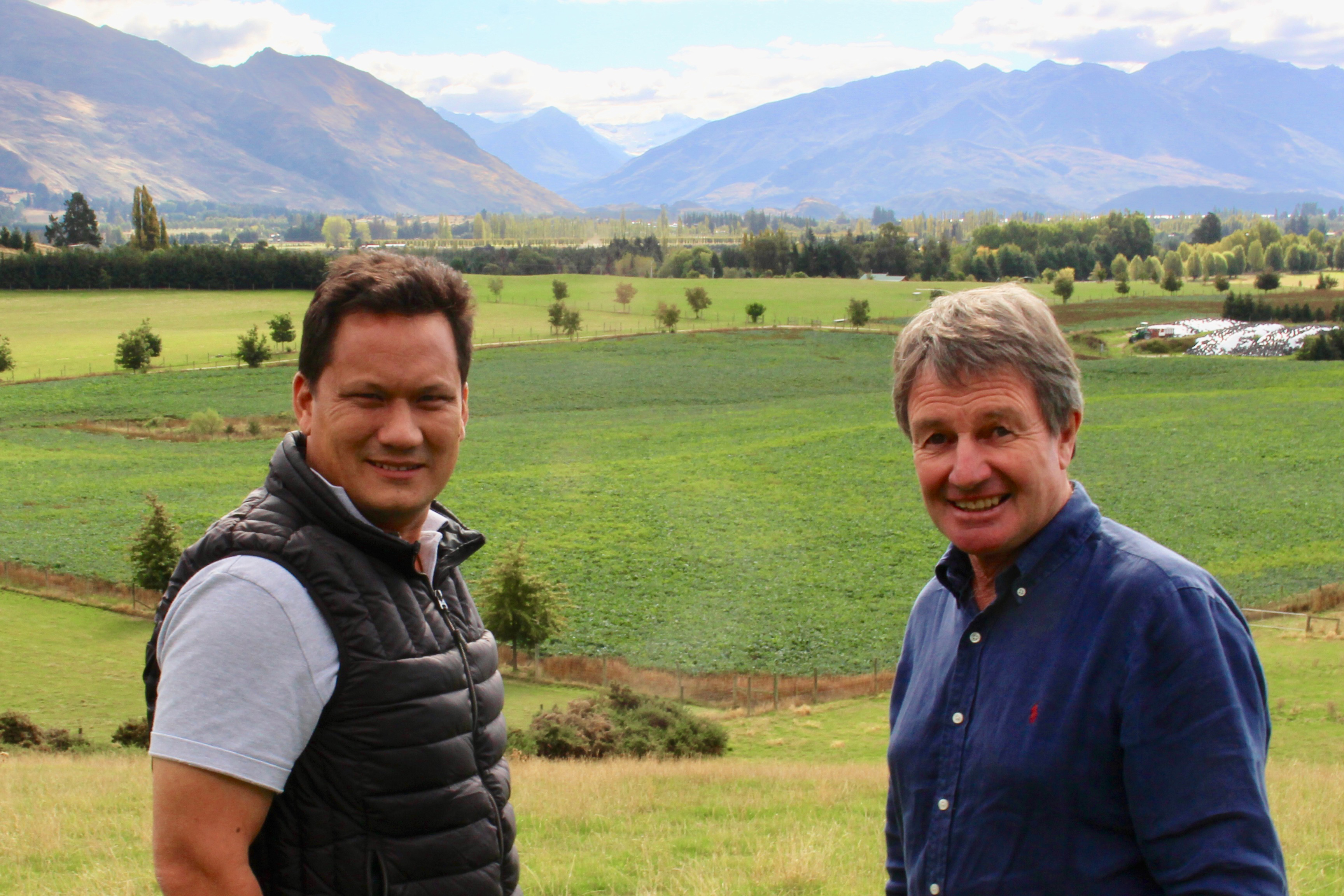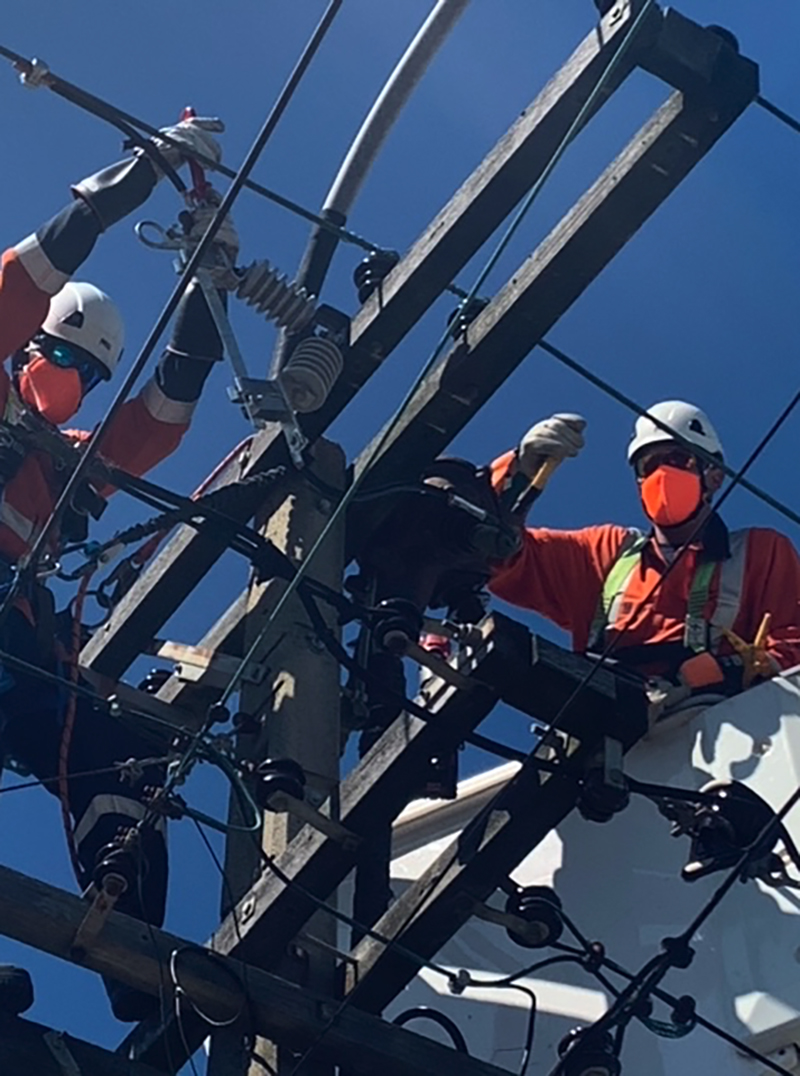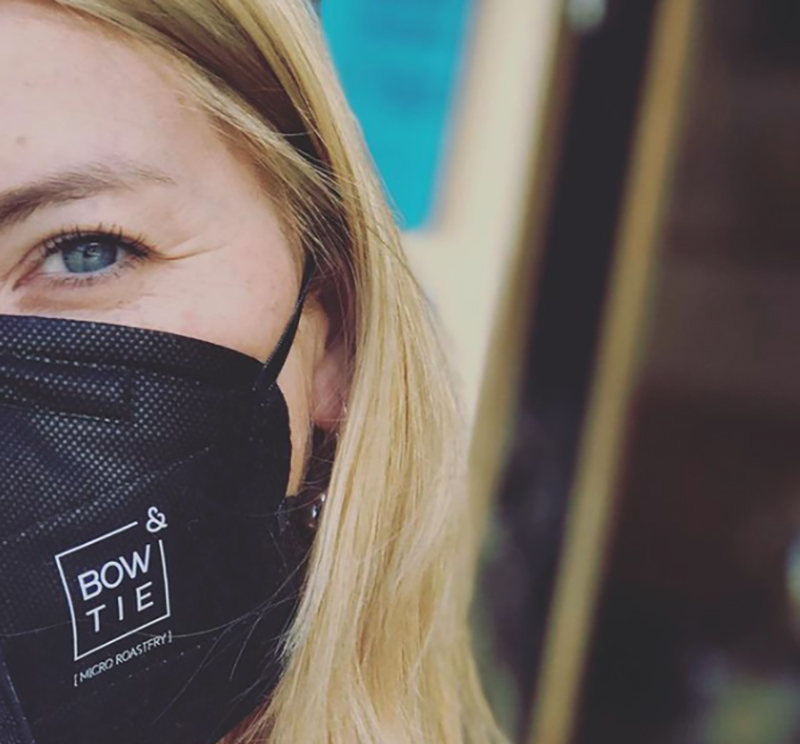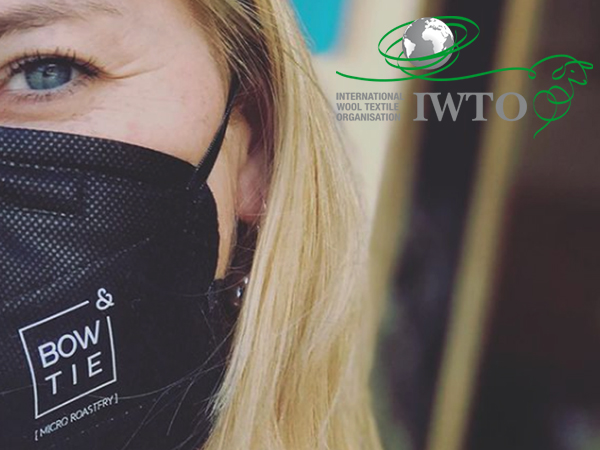
The first fibre used by humanity on Earth has now been chosen for the Moon – and beyond. Jeannette Cook reports on developments at a company in New Zealand that are posing the question: is wool the ultimate technical fibre?
Memory foam. Dustbusters. Scratch-resistant sunglasses. What do all these things have in common?
Each is an everyday product that uses NASA spinoff technology.
Now, as a result of a collaboration between NASA and Lanaco, a New Zealand company that develops and produces wool filter material, technology for the Orion space programme is being put to use for the challenge of our time – respiratory filters.
Or, as we have all come to know them, face masks.
Even before the coronavirus pandemic, respiratory air quality was cited by the World Health Organization as the greatest environmental risk to human health.
Lanaco, founded by materials applications engineer Nick Davenport in 2010, had begun to make its standard-accredited Helix™ wool filters in 2015. The filters are used in a wide variety of applications – all manner of living and working spaces, transport, medical, cleaning appliances, and industrial and commercial situations.
The technology was developed with Australia’s Commonwealth Scientific and Industrial Research Organisation (CSIRO), and in July 2020, when it was incorporated into personal protective equipment (PPE), passed all testing to AS/NZS 1716 P2 level, the New Zealand equivalent of the United States-based N95. US FDA clearance was attained in late 2020.
ULTIMATE TRUST
The standout feature of Lanaco is, of course, wool: Lanaco’s wool is grown on its own flocks near Wanaka, New Zealand. (Lanaco’s supply chain is also resolutely local, with its masks manufactured in Auckland).
Lanaco’s PPE masks, using its organic/hybrid Helix filter, were launched in New Zealand’s Parliament last August by minister of agriculture Damien O’Connor.
That same month, Lanaco’s CEO Marc Michel revealed that it is this same technology that NASA has chosen for critical life support PPE emergency systems on the forthcoming manned Orion missions to the Moon and Mars. This was a ‘massive validation’ for the company, he said.
And Nick Davenport told the IWTO Wool Round Table in December: “Technology which is good enough to protect humans in critical life support systems is clearly good enough for all on Earth.”
Or, as the host of SciShow Space, a popular YouTube channel, put it: “They are using an incredible new technology that promises to revolutionise filtration as we know it: wool.” (See video here)
NATURALLY RESISTANT TO FIRE
In space, fire is a significant threat and Orion’s crew need to be equipped with emergency breathing devices.
During a blaze in space, respirators are required wear. Fires also release gases and particulates, meaning a post-fire clean-up can take hours. For the unique Orion missions, NASA needed a respirator that could last longer than the one it already had.
This brought them, eventually, to wool.
Wool is naturally resistant to fire because the wool fibre contains a high percentage of nitrogen and water, and it also manages moisture vapour well.
Davenport founded Lanaco after realising that wool offered a fantastic natural alternative to synthetic filtration materials.
The Lanaco team analysed wool fibre from hundreds of sheep and then established a breeding programme to bring out the attributes best suitable for filtering.
In the space filter application, what this amounts to is that wool can handle water vapour (the Orion capsule uses water vapour to suppress fire) in a way other fibre types cannot, plus it readily blocks the full range of very small to large, hot and toxic particles that could clog the filter apparatus or melt the synthetic components in the system.
An added bonus for us on Earth: because the filters are good at absorbing moisture, they also excel at absorbing breath, sneeze and cough particles.
Davenport explains the wool science further: ‘’Wool is the world’s most positively charged natural fibre, which translates to an electrostatic filter which acts as a magnet to capture a whole range of particles in the air.
‘’It’s naturally bacterio-static, so germs don’t remain on it and it naturally absorbs certain toxins.”
Synthetic fibres can do some jobs, but wool has capabilities that synthetics just cannot match.
WOOL YOU TO THE MOON AND BACK
The Artemis I mission, with the Orion spacecraft, will fly around the Moon after a launch in November 2021. Artemis I is key to NASA's plans to land the first woman and next man on the Moon, as the agency plans a crewed orbital Moon mission in 2023 and then a crewed landing in 2024.
Here on Earth, the applications for Helix continue to mount. The pandemic has enabled Lanaco to develop face masks and domestic filters which compete against synthetic products. This, in turn, is providing a return to woolgrowers in New Zealand.
“This technology provides high-value returns to woolgrowers, jobs in supporting industries, and huge potential for high-value and volume exports,” Davenport said at the Parliamentary launch of Lanaco’s protective face masks.
“The Lanaco platform has the potential to significantly increase the value of New Zealand wool-based exports, and to lift the value and perception of wool in general.”
- Jeannette Cook is communications manager for the International Wool Textile Organisation. Through scientific research, wool textile education and knowledge sharing, IWTO ensures a sustainable future for wool. www.iwto.org
Have your say. Tweet and follow us @WTiNcomment


